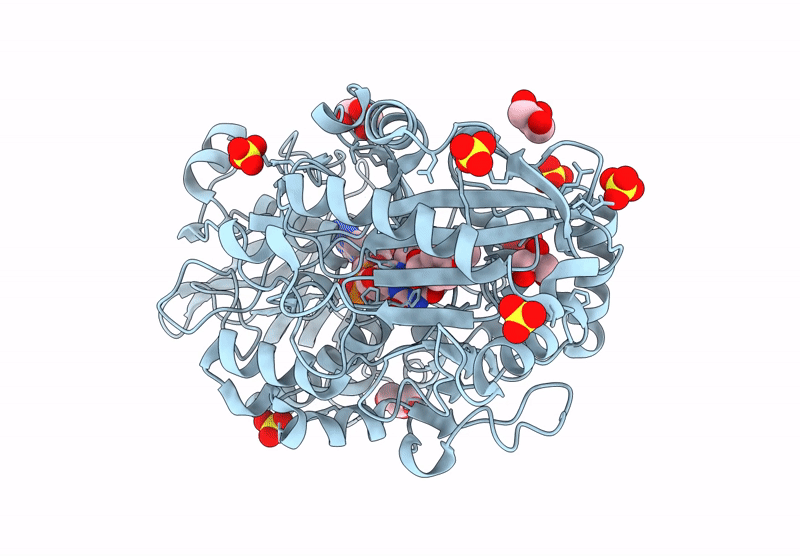
Deposition Date
2024-03-03
Release Date
2025-01-22
Last Version Date
2025-01-22
Entry Detail
PDB ID:
9AVH
Keywords:
Title:
Crystal structure of an aryl-alcohol-oxidase from Bjerkandera adusta.
Biological Source:
Source Organism:
Bjerkandera adusta (Taxon ID: 5331)
Host Organism:
Method Details:
Experimental Method:
Resolution:
1.80 Å
R-Value Free:
0.18
R-Value Work:
0.14
Space Group:
P 21 21 21


